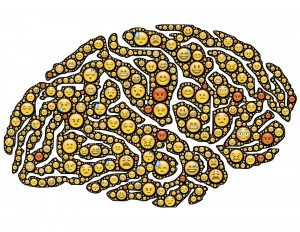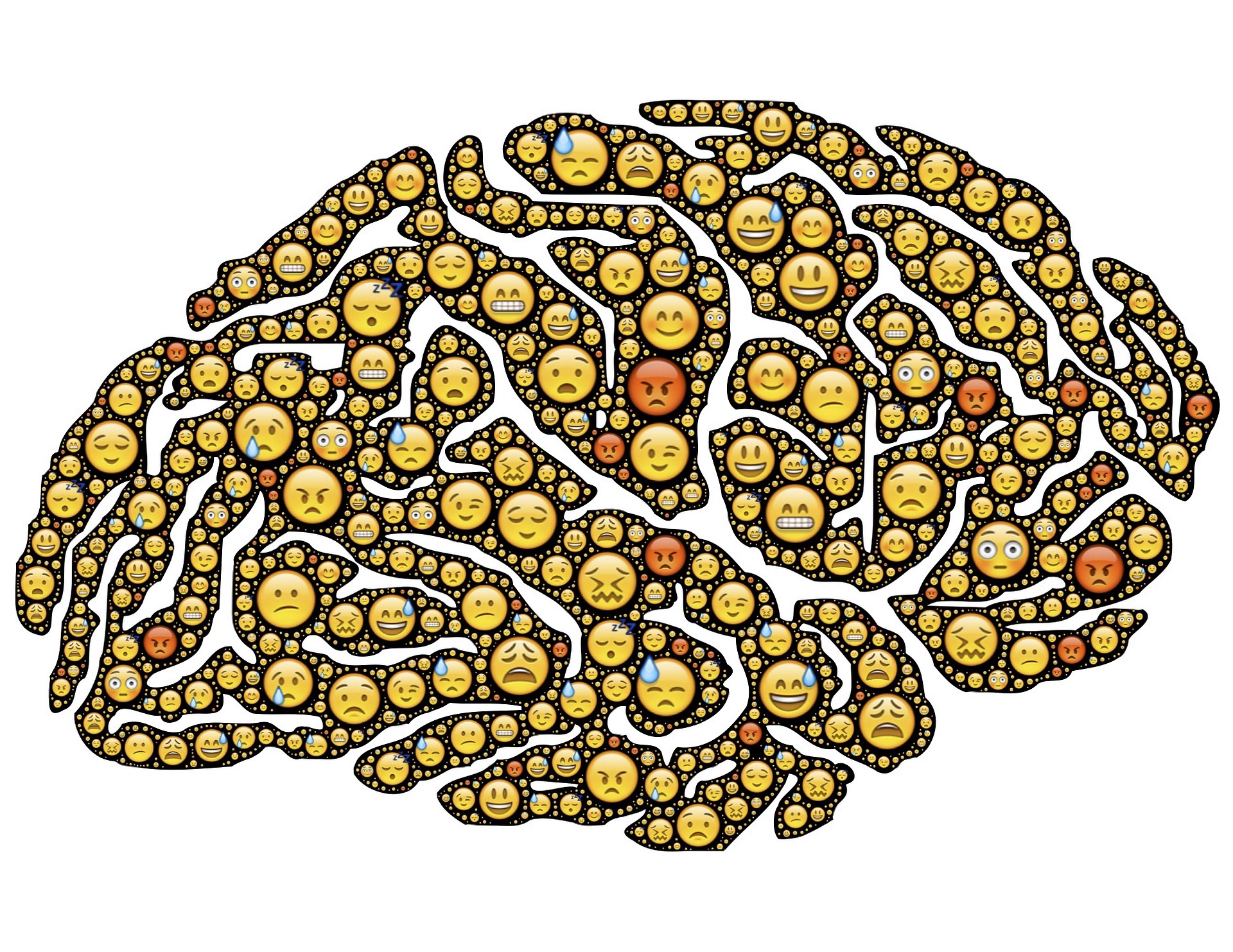This post is also available in Dutch.
Psychopathic traits can be present in people with antisocial/aggressive behavior, but also in ‘normally’ functioning people. One of the characteristics of psychopathy is to be ‘indifferent about one’s performance’, for example regarding school success. Recent research from the Donders Institute suggests that the medial prefrontal cortex, involved in reward processing, may play a role.
 public domain,by john hain
public domain,by john hain
When someone behaves antisocially or aggressively, one tends to think that this person must have psychopathic tendencies. However, less than half of the people who show antisocial behavior actually have psychopathic traits. On the other hand, an individual who may score highly for psychopathy could also be non-aggressive and function well in society. The ability to not overly care about how others might feel can even be helpful to someone who makes ‘hard’ decisions, like a manager or a team leader.
Youth
With regard to children and adolescents, researchers prefer not to use the word psychopathy, but use more neutral terms such as ‘limited prosocial emotions’ or ‘callous-unemotional (CU) traits’. These traits are defined by the diagnostic and statistical manual of mental disorders (DSM-5) and can be separated into four characteristics: (1) a lack of guilt (2) lack of empathy (3) shallow affect and (4) indifference. These CU traits may be present in youths diagnosed with either conduct disorder (CD) or oppositional defiant disorder (ODD); such individuals are often aggressive and break the rules. Also, CU traits occur more often in young individuals with attention deficit hyperactivity disorder (ADHD) than in typically developing youths. Those with greater CU traits are more difficult to treat and have an elevated risk of becoming antisocial adults.
Emotions in the brain
Studies have shown that the amygdala, a brain region that is important for processing emotions, also plays a role in psychopathic/CU traits. Individuals who scored highly for these traits showed lower activation of the amygdala when viewing faces with fearful expressions or pictures of someone in pain.
Reward
Brain areas involved in processing reward work differently in youth with ADHD and ODD/CD. As part of the NeuroIMAGE project on ADHD, our lab group at the Donders Institute measured CU traits and brain activation during a reward task in 328 participants, aged 10 to 28 years-old. The participants were split into three groups that either had ADHD, ODD/CD, or were typically developing individuals. While laying in an MRI scanner, participants would watch a screen and win money if they managed to press a button quickly enough in response to seeing a visual cue. When participants expected to receive a reward for their quick response, interestingly the individuals with higher scores for ODD/ CU traits showed lower activity in the medial prefrontal cortex. This region is important for representing costs and benefits, and ultimately making decisions. Our findings may be associated with the fourth characteristic of CU traits: the indifference to one’s performance. So perhaps if your brain is not very sensitive to reward, you might care less about a certain outcome, for example getting good grades in school.
Read more
Background on neurobiology of CU traits and CD
Article on CU traits in NeuroIMAGE
About the author
Kim Veroude is a postdoctoral researcher at the Donders Institute and has been involved in the projects NeuroIMAGE and Aggressotype. Her focus is on the neural basis of CU traits in youth with ODD/CD, ADHD and typically developing youth.
Edited by Roselyne
